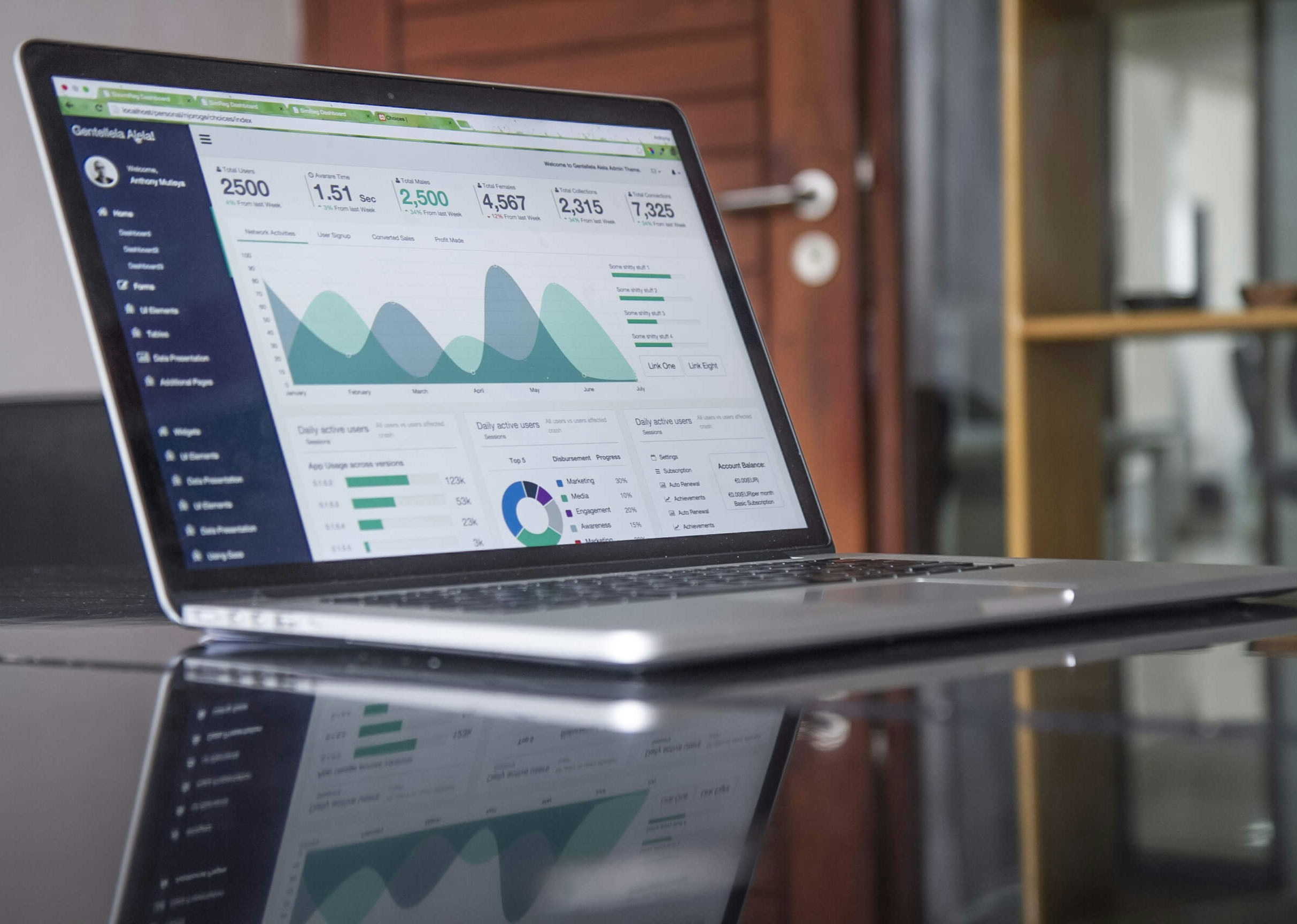
- January 24, 2025
- 1. Security Risks in Modern Data Lake Platforms
- 2. The Importance of Data Security in Data Lakes
- 3. Common Security Risks
- 4. Strategies to Secure Your Data Lake
- 5. Conclusion: Get Ahead of Data Security Risks with Visvero
- 6. FAQs:
1. Security Risks in Modern Data Lake Platforms
Data lakes have changed the ways in which vast amounts of data are stored, managed, and analyzed within an organization. They give opportunities to organizations that want to derive actionable insights from a broad array of data sources. But, along with opportunity, also comes risk. As pointed out by IBM’s Cost of a Data Breach Report, the average size of a breach has now climbed to $4.88 million, reflecting how serious the financial stakes are with insufficient security measures in today’s data ecosystems.
The same attributes that make data lakes attractive also open up weaknesses. Much of the sensitive information, such as financial records and PII, resides on these platforms and becomes prime targets for cybercriminals. With scaling operations in data increasingly undertaken by organizations, securing sensitive data in data lakes has never been more crucial.
In this blog, we will discuss the security risks in modern data lake platforms, the factors contributing to their vulnerabilities, and some practical strategies to safeguard sensitive data in these vital repositories.
2. The Importance of Data Security in Data Lakes
Data lakes help modern businesses store and analyze thousands of data from multiple sources. However, their utility comes with significant security challenges. They contain sensitive information such as customer records, financial data, or even proprietary intellectual property. Leaving them unsecured would lead to financial loss, legal penalties, and damage to reputation.
2.1 What Makes Data Lakes Vulnerable?
Data lakes provide great flexibility and scalability but can be prone to security risks due to their architecture and usage. Several factors contribute to the data lake platform risks:
- Centralized Data Storage:Huge volumes of data in one place mean one point of failure. A breach can expose sensitive information across the entire data lake.
- Inadequate Access Controls:Without strong role-based access control, important data may fall into the hands of unauthorized users, hence increasing the risk of breaches.
- Data Sources Diversity:Information in data lakes comes from APIs, IoT devices, and other channels. This may create a security hole if information inflows are not secured or compromised.
- Complex Architecture:Multi-cloud or hybrid setups often lead to misconfigurations, such as unprotected storage buckets or improperly secured data pipelines.
- Cloud Dependencies:While cloud platforms provide security tools, organizations must actively manage their responsibilities. Overlooking this can leave data lakes exposed.
- Poor Monitoring:: If the data lake activity is not logged or analyzed well, unauthorized access or anomalies will not be detected quickly.
- Open Source Risks: Most data lakes rely on open-source tools which need to be regularly updated and properly configured if they are not to be exploited.
- Insider Threats: Legitimate access by employees or contractors can pose inadvertent or intentional compromises of data without adequate oversight.
- Poor Data Handling:: Keeping unnecessary or outdated sensitive information raises the chance of leaks and makes following rules harder.
2.2 Regulatory and Compliance Concerns
Modern data lakes usually hold private information, making rule-following an essential part of their care. Businesses must make sure their data ways follow laws and rules that cover data privacy, safety, and entry. Security in modern data lakes is very important to avoid legalities.
2.2.1 GDPR (General Data Protection Regulation)
This rule forces organizations to have very tight data security steps for groups dealing with the personal info of EU people. Not following it can lead to fines of up to €20 million or 4% of yearly earnings.
2.2.2 HIPAA (Health Insurance Portability and Accountability Act)
Groups that handle health data must stick to strict rules to keep safe health info. Mistakes can cause big fines and bad legal results.
2.2.3 CCPA (California Consumer Privacy Act)
This gives people in California more power over their personal information and it demands strong privacy rules from companies. If they do not follow this they could be fined $2,500 to $7,500 for each mistake.
2.2.4 PCI DSS (Payment Card Industry Data Security Standard)
All firms that deal with payment card details have to follow PCI DSS to keep transactions safe. If they fail to meet these rules they may face penalties and lose chances to handle payments altogether.
2.2.5 Industry-Specific Regulations
Industries that deal in finance, military, or energy production have tight security and reporting regulations that they need to follow. These regulations are mainly about how the companies can collect, store, and share data.
3. Common Security Risks
Modern data lakes can contain huge amounts of data and present it for analysis. However, they pose great risks to organizations if not protected well. Among the greatest threats are unauthorized access and data leakage in a multi-tenant environment.
3.1 Unauthorized Access to Sensitive Data
Data lakes store important information like personally identifiable information, financial data, and proprietary business records. Unauthorized access happens when access controls are weak. This can occur when role-based access management is not enforced or when overly permissive rights allow users to access data beyond their immediate needs.
Credential theft is yet another major issue. In this case, attackers use compromised login credentials to infiltrate the system. Improper segmentation of data makes it even riskier as it allows users or applications to inadvertently or maliciously access restricted data.
And when the data is accessible to malicious people, it can harm someone’s identity and cause reputational damage to your company.
3.2 Data Breaches in Multi-Tenant Environments
Multi-tenant environments allow multiple clients to use a single instance of a software program. This architecture is widely used in cloud computing because it permits resource sharing between numerous users while preserving data separation. However, since all data is stored in the same database, there is a real chance that a poor database query will be introduced into a multi-tenant architecture, exposing data across tenants. As a result, security becomes an application-level issue that you need to pay close attention to when developing and testing the code for your app. The infrastructure provides a single point of failure, which is a serious risk because it could bring everyone offline.
4. Strategies to Secure Your Data Lake
Implementing effective security measures is essential to protect data lakes from the inherent risks associated with their architecture and operation. Two critical strategies for ensuring data lake security are encryption with access controls and real-time monitoring paired with threat detection.
4.1 Encryption and Access Controls
Multi-tenant environments allow many clients to utilize one instance of a particular application. This architecture is very common in cloud computing since it enables sharing of resources among many users while maintaining guaranteed data separation.
Yet, because all information sits in one single database, there’s a genuine possibility that a bad database request might creep into a multi-tenant setup, leaking data between different users. This means that security turns into a matter for the application itself, which you have to watch carefully when building and testing your app’s code.
The set-up gives a lone point of breakdown, which is a big danger as it might take everyone offline.
4.2 Real-Time Monitoring and Threat Detection
Real-time monitoring is important for spotting and minimizing risks before they grow. An all-inclusive monitoring system checks all actions in the data lake, covering data intake, access habits, and system efficiency. It can detect potential breaches or misconfigurations.
Integrating threat detection tools with real-time monitoring enhances security further. These tools use machine learning as well as behavioral analytics to proactively detect and respond to potential threats. For example, they might identify patterns representative of brute force attacks, unauthorized data exfiltration, or suspicious account behavior.
Automated responses, such as temporarily locking accounts or restricting access to compromised datasets, can prevent minor incidents from becoming major security events. Incident response systems should also be in place to act on alerts that monitoring tools generate.
5. Conclusion: Get Ahead of Data Security Risks with Visvero
At Visvero, we focus on protecting sensitive information within data lakes and using that information to a competitive advantage. Our expertise guarantees protection for your sensitive data while delivering insights to help drive smarter decisions.
We offer:
- Data Security Services: Protect your data lakes with encryption, access controls, and a compliance-ready solution geared toward your industry.
- Monitoring & Threat Detection Solutions:Use real-time analytics and AI-powered threat detection to get ahead of risks before they become issues.
- End-to-End Data Lake Management:Build secure and optimize your data lake infrastructure for long-term success.
Whether you wish to protect sensitive customer data, meet regulatory requirements, or be proactive in threat detection, our Agile Security Framework guarantees that your data lake will not just be a storage solution but a secure, reliable business asset.
Experience the Visvero Advantage Today!
Partner with Us to Make Your Data Lake Secure and Actionable.
6. FAQs:
6.1 How can I prevent unauthorized access to my data lake?
Block unauthorized access by implementing strong role-based access control (RBAC), using multi-factor authentication (MFA), and encrypting data both at rest and in transit. In addition, regularly audit permissions for access and monitor activity to quickly detect potential security breaches and mitigate them. Employ least-privilege principles to minimize unnecessary access.
6.2 What are the best tools for monitoring data lake security?
Leading tools like Visvero, AWS GuardDuty, Microsoft Defender for Cloud, and Databricks’ security capabilities offer robust monitoring for data lakes. These tools provide real-time anomaly detection, access logging, and automated threat responses, ensuring consistent security oversight. Select tools that align with your data lake’s platform and specific needs.
6.3 Why are multi-tenant environments risky for data lakes?
The shared infrastructure in a multi-tenant environment brings risks, such as cross-tenant access or data breaches. An example of misconfiguration is unprotected storage buckets, which can lead to data exposure. Robust data isolation, encryption, and regular audits are essential to mitigate these risks and ensure tenant-specific security.
- 1. Security Risks in Modern Data Lake Platforms
- 2. The Importance of Data Security in Data Lakes
- 3. Common Security Risks
- 4. Strategies to Secure Your Data Lake
- 5. Conclusion: Get Ahead of Data Security Risks with Visvero
- 6. FAQs:



